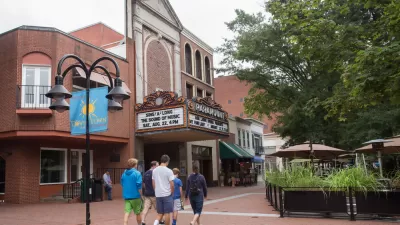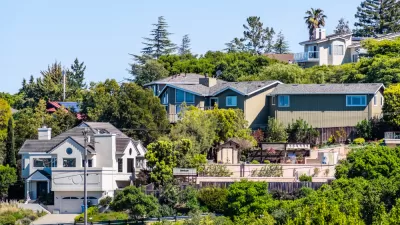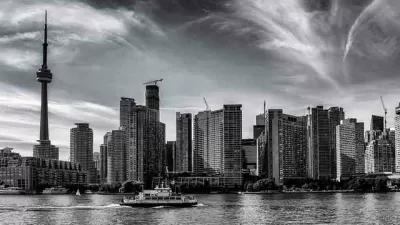A retired city planner takes a position against "lot splitting," or allowing more than one unit on properties zones for single-family residential as it's known in Toronto.

Cherise Burda, of the Ryerson City Building Institute, and David Godley, a retired city planner, contribute dueling opinions in this column on the subject of "lot splitting" for density in the city of Toronto.
"Dividing city lots to build two houses on one property is increasingly common and controversial in Toronto," explains the introduction to the article. "Is this good planning in light of sky high housing prices and a lack of land for development?"
Burda takes the position of proponent for lot splitting, starting with the argument that single-family zoning creates exclusion in a time of declining housing affordability.
"Over the next 25 years we are expecting about 1 million new neighbours. And, over the next 50 years Toronto’s population is on track to double. In simpler terms anywhere we currently have one housing unit we will need two," writes Burda.
The contrarian argument sets to debunk what Godley describes as a myth of land shortage in Toronto.
There are enough housing units approved to last 20 years in Toronto with very large numbers of applications in the pipeline. Theoretically, all the needed housing can be accommodated along main streets. This is the appropriate place for co-ops, plexes and rooming houses, as well as innovative housing. There are large tracts of land with development potential.
The context for the discussion is set by a motion proposed recently by Deputy Mayor Ana Bailão and Mayor John Tory to study opportunities to accommodate new forms of housing in residential neighborhoods. The trend toward limiting or ending single-family zoning has been gaining steam, with a new law in Oregon and a new comprehensive plan in Minneapolis leading the way.
FULL STORY: Is lot splitting a good way to increase housing density?

Maui's Vacation Rental Debate Turns Ugly
Verbal attacks, misinformation campaigns and fistfights plague a high-stakes debate to convert thousands of vacation rentals into long-term housing.

Planetizen Federal Action Tracker
A weekly monitor of how Trump’s orders and actions are impacting planners and planning in America.

In Urban Planning, AI Prompting Could be the New Design Thinking
Creativity has long been key to great urban design. What if we see AI as our new creative partner?

King County Supportive Housing Program Offers Hope for Unhoused Residents
The county is taking a ‘Housing First’ approach that prioritizes getting people into housing, then offering wraparound supportive services.

Researchers Use AI to Get Clearer Picture of US Housing
Analysts are using artificial intelligence to supercharge their research by allowing them to comb through data faster. Though these AI tools can be error prone, they save time and housing researchers are optimistic about the future.

Making Shared Micromobility More Inclusive
Cities and shared mobility system operators can do more to include people with disabilities in planning and operations, per a new report.
Urban Design for Planners 1: Software Tools
This six-course series explores essential urban design concepts using open source software and equips planners with the tools they need to participate fully in the urban design process.
Planning for Universal Design
Learn the tools for implementing Universal Design in planning regulations.
planning NEXT
Appalachian Highlands Housing Partners
Mpact (founded as Rail~Volution)
City of Camden Redevelopment Agency
City of Astoria
City of Portland
City of Laramie





























